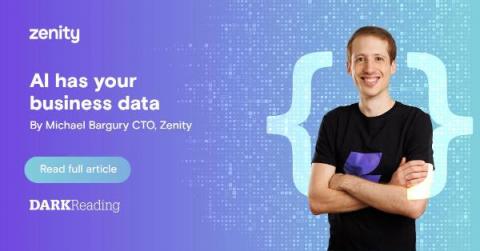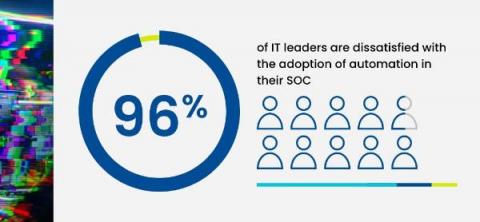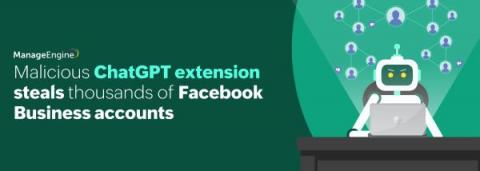ChatGPT: The Right Tool for the Job?
Since it was first released to the public late last year, ChatGPT has successfully captured the attention of many. OpenAI’s large language model chatbot is intriguing for a variety of reasons, not the least of which is the manner in which it responds to human users. ChatGPT’s language usage resembles that of an experienced professional. But while its responses are delivered with unshakeable confidence, its content is not always as impressive.











